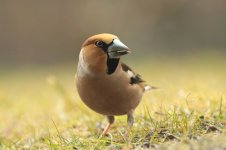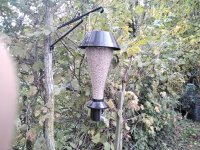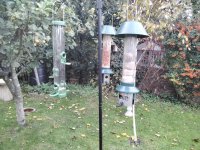JayFeatherPL
Well-known member

Well, and I think that in Poland in the winter there's no need to clean or sanitise the feeders, because the bacteria are frozen, you should clean the feeders at the thaw, when you stop feeding the birds, because in Poland, people feed birds only during the winter. For example in UK or USA, the weather is much more warm and humid, so there is a reason to clean the feeders.









